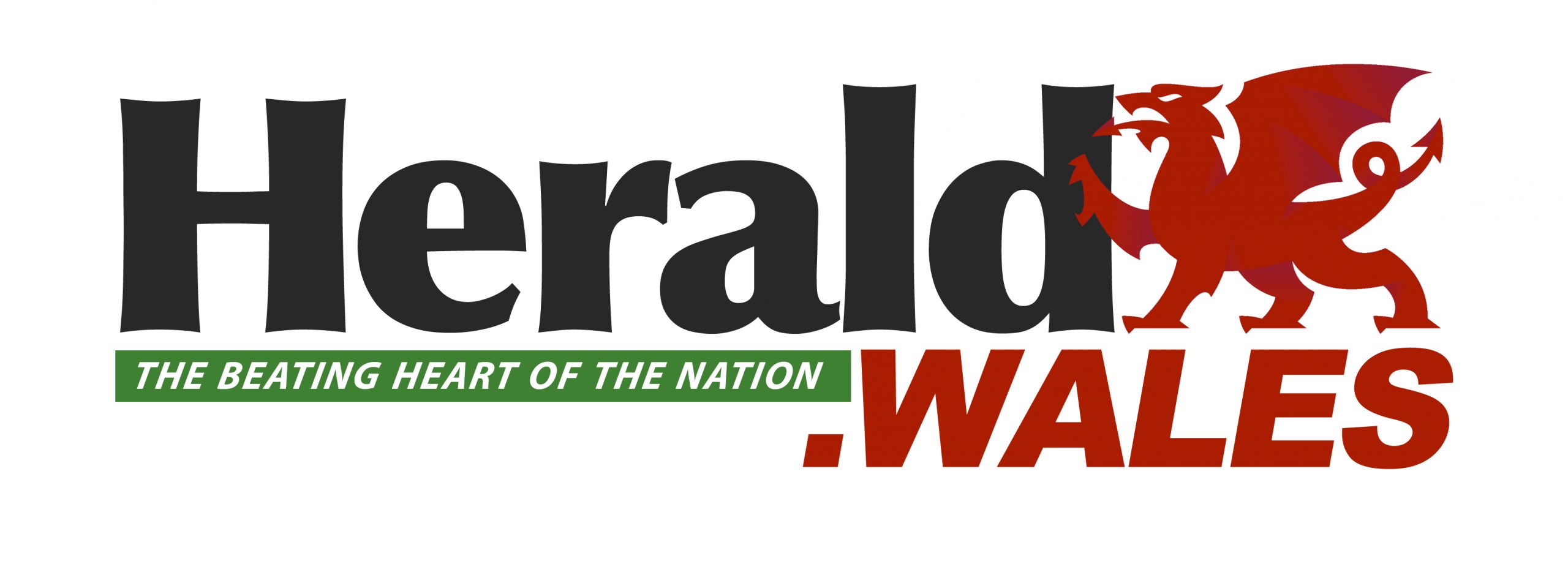THE INSPECTION regime behind the ‘score on the door’ food hygiene ratings have been explained.
All premises selling and preparing food in Wales are required by law to display the distinctive black and green stickers showing a score from the lowest one to highest rating five in a prominent place such as the door or window.
Inspections are carried out by council employed environmental heath officers working to advice and guidance from the Food Standards Agency that works across Wales, England and Northern Ireland.
Businesses are categorised as “high risk” and “low risk” premises depending on the type of business and the work they do.
Within the high risk category there are a further three categories, A, B and C, based on their operations.
Alun Thomas, the principal environmental heath officer, who leads Monmouthshire County Council’s commercial team, told councillors a butcher’s shop is a “good example” of high risk premises.
He said: “A manufacturer making pies tend to be put in the highest risk but how wide they distribute, how many customers they sell to is considered. Do they handle raw food and ready to eat? A butcher’s shop is a good example, as the risk goes up with the risk of cross contamination so for example they could be preparing raw meat and selling cooked ham.”
Manufacturers are in category A of the high risk premises, butcher’s shops in category B and pubs and restaurants in category C.
Businesses in category A have a full statutory inspection every six months while those in category B are inspected every 12 months but full inspection visits to those in category C, if they are generally doing well, will only be made every 18 months.
As well as how food is handled and prepared inspectors will look at the structure of buildings such as ventilation, lighting, how easily they can be cleaned and pest control which is all fed into a risk assessment with how well they are managed and compliance being “crucial”.
“Out of that risk assessment comes the food hygiene rating, the score on the door’,” said Mr Thomas: “Those three elements, the management, the structure, the hygiene you find on the visit that’s what then feeds into the food hygiene rating.”
But Mr Thomas said “it doesn’t always correlate” highest risk premises have the highest scores: “Generally higher risk premises have more to comply with so it’s harder for them to achieve the top score, five.”
Mr Thomas said Monmouthshire has a “very high rating for broadly compliant premises” of 96.1 per cent of those with scores of three, four or five “which tends to mean we go there, give them some advice, guidance and help and then leave them alone to get on with it until the next visit.”
The risk assessments also dictate how often environmental heath have to go back to individual premises.
During the Covid pandemic food hygiene inspections couldn’t take place and councils had recovery plans to catch up on inspections. Mr Thomas said the council had to get “back on track” with the higher risk category by the end of March 2023 but had a backlog on lower risk premises such as shops and village halls.
It used funding from Gwent’s Aneurin Bevan University Health Board to employ an additional officer to deal with that backlog and Mr Thomas said: “She rattled through the lower risk premises and got that backlog down to manageable levels.”
According to the Food Standards Agency a 5 means “hygiene standards are very good”; 4 is “hygiene standards are good” and 3 is “hygiene standards are generally satisfactory”.
A 2 means “some improvement is necessary” with 1 meaning “major improvement is necessary” and 0 is “urgent improvement is required”.
Monmouthshire’s environmental health department is currently preparing for an audit by the Food Standards Agency.
















